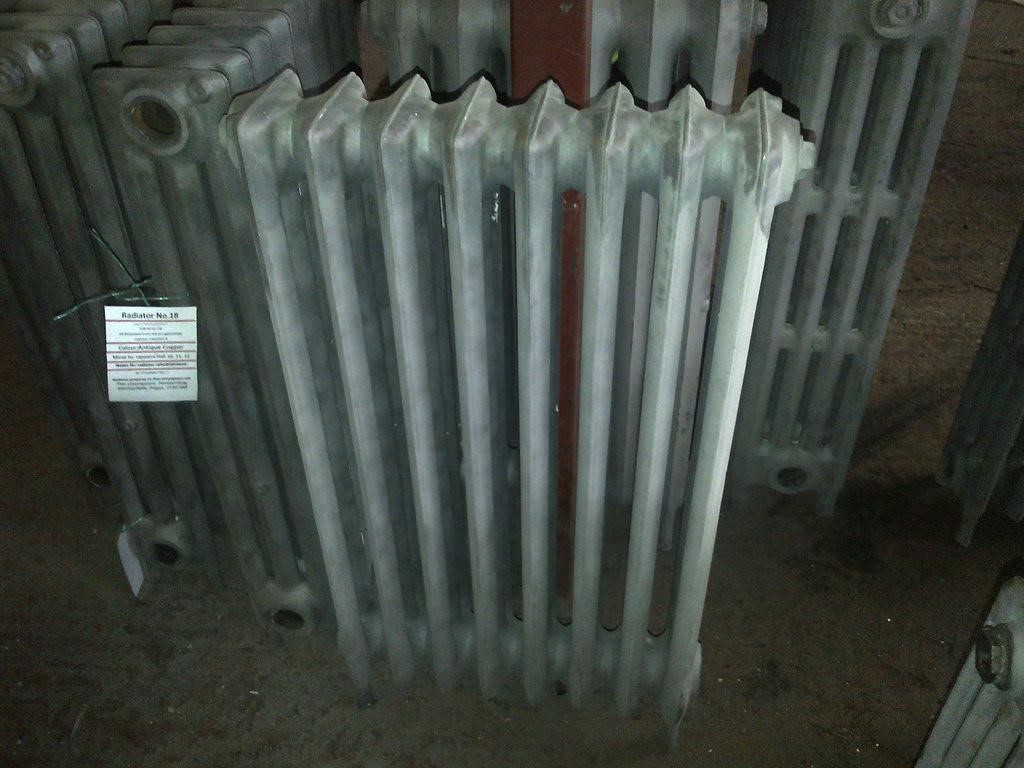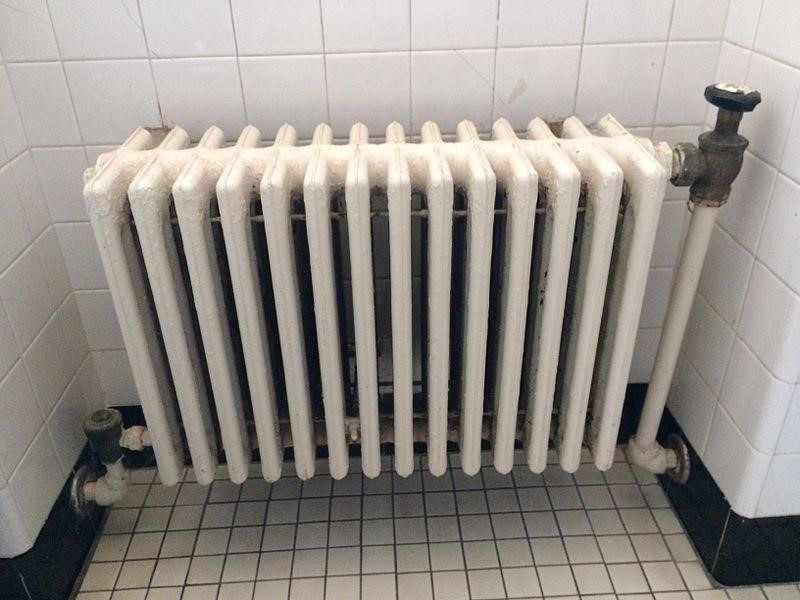Having one radiator which isn’t hot is a common problem in houses, apartments and park homes. They can be a real nuisance. One thing which can help is to balance the radiator, but this is not something everyone knows how to do. Assuming the boiler is ok and you’ve no need for Silicone Hose Manufacturers such as https://www.goodflexrubber.com/pages/silicone-hose-manufacture for parts in it there is something of a knack to it.
Unbalanced radiators will not heat up at the same speed as other radiators, which means some rooms may feel a lot colder than others.
If your radiator is warming but has cold spots, then this could simply be a case of bleeding it. Most people should have been given a radiator key when installing their system, but if not they are easy and cheap to buy. The process of bleeding involves attaching the key to the bottom of the radiator and letting out any trapped air. Water will often leak from the radiator during this process, so make sure you have a towel and bowl ready to protect your floor.
Types of Radiators
You can get various types of radiators, including vertical radiators, which provide a wide range of benefits. These radiators will be useful, as a colder than usual winter being predicted. It won’t be long before we are spending cosy evenings indoors.
Equipment
To balance your radiators, you will require your radiator bleed key as well as a valve key, screwdriver and digital thermometer/multimeter with thermometer.
1. First turn all your heaters off and locate the radiator valve. Open up the valves by turning in an anti-clockwise direction.
2. Next, turn your heating back on and monitor which ones come on fastest. This is usually the ones nearest to the boiler. If possible, get other people in the house to help you by shouting when each radiator gets hot to save you running around the house.
3. Now turn the heating off again, and then having located the radiator which heated up the quickest, close its lockshield valve in a clockwise direction – once it’s closed, open it by exactly one quarter turn.
4. Take the temperature from the pipework next to the valve, and then take the temperature from the pipework on the opposite side of the valve. Observe the difference, then gradually open the lockshield valve until the temperature difference between the two is 12°c precisely.
5. Now that you have balanced your first radiator to an exact difference of 12°c, it is time to tend to your slightly slower radiators and balance them just the same. Do this in the order of their heating up.















